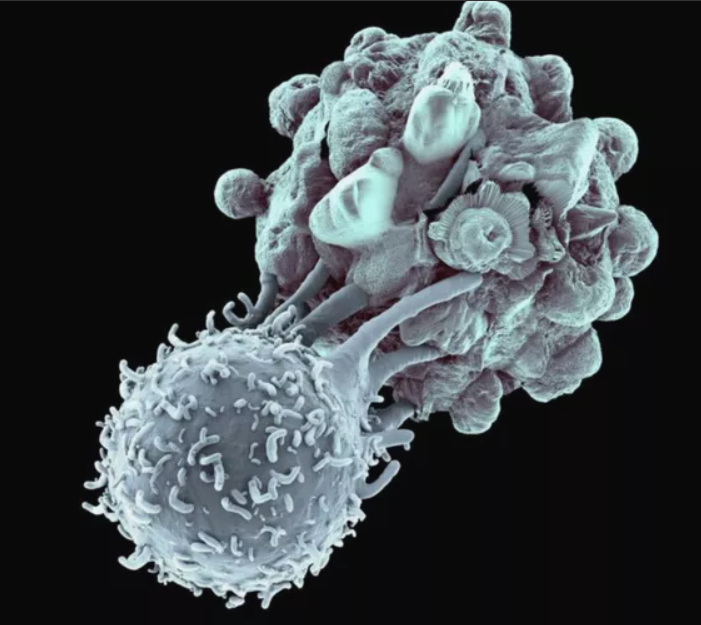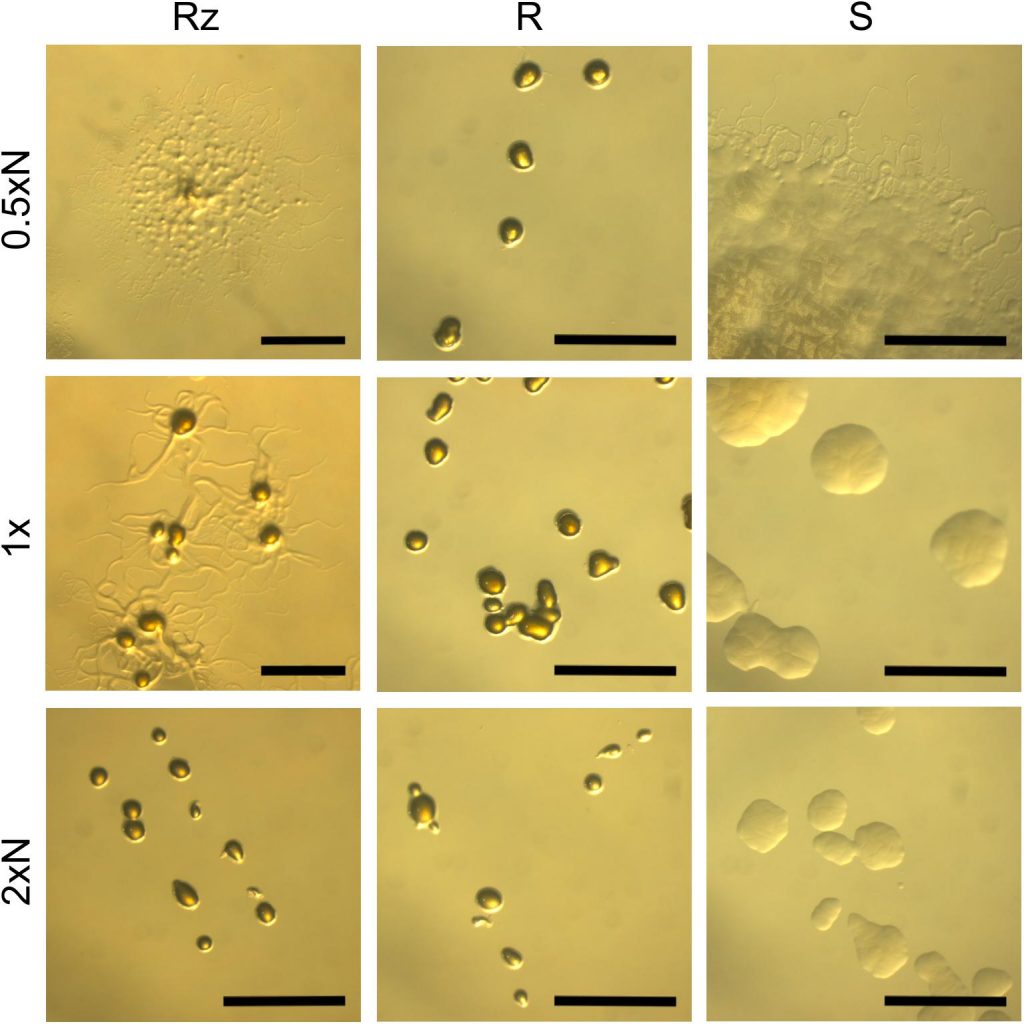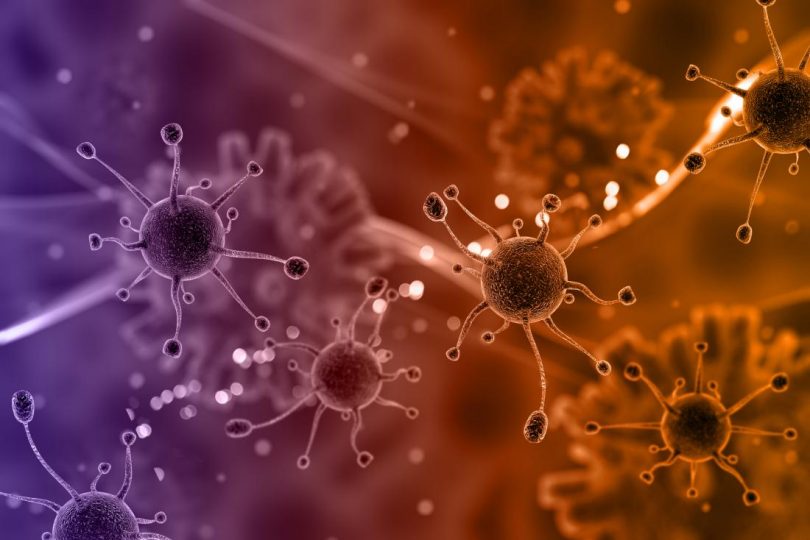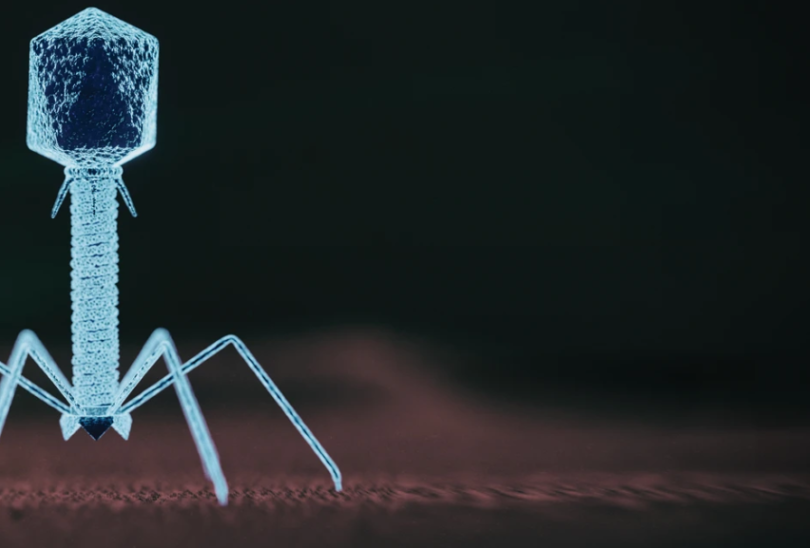“Anti-Biotic Resistance”
When bacteria or a pathogen becomes resistant to antibiotics, medications, or even natural immunity derived by mutation.
Antibiotic resistance is proclaimed as a prime example of evolution. Clearly, mutations are involved, and bacteria get stronger and survive!
What are antibiotics?
Antibiotics are a manmade medicine used to kill bacteria and pathogens. These medications cause an “environmental pressure” on the bacteria because it kills them.
How do antibiotics cause immunity in some bacteria?
We said that antibiotics kill pathogens, and they do, just not all of them. Let’s say the antibiotic kills 99.99%. Even those 0.01% that survived can quickly reproduce among millions of bacteria. These once vastly rare mutants now find themselves in clear space and rapidly reproduce. The new mutated strain is resistant to the vaccine medicine humans used to try and kill it in the first place. This is how antibiotic resistance develops in a nutshell.
Therefore, the causes for antibiotic resistance in bacteria can be easily understood by recognizing that bacteria are invader pathogens. If we are in shape, under most circumstances, when a pathogen enters our body, our natural immunity kills it. Sometimes one might be too weak, elderly, or medically compromised in some other way and thus unable to fight off the pathogen independently. In other very rare cases, some pathogens are so strong that even the healthy cannot fight off the invaders. This is why humans use antibiotics to supercharge our own already existing immunity.
“Antibiotics are used to treat or prevent some types of bacterial infection. They work by killing bacteria or preventing them from spreading. But they do not work for everything.” https://www.nhs.uk/conditions/antibiotics/
The Natural Immune System: The Real Killers!
The marvel is not the mutated bacterial pathogen but the function of the natural immune system. It is this system that has the ability to identify pathogens, mark them for death, and then literally destroy them by exploding them.

How The Immune System Works
We must understand how immunity works at a basic level in the human body to determine what role viruses might play in evolution (if any). Once bacterial “bugs” invade the body and replicate, causing our immunity, “t-cells,” to kick into action. Many types of T-cells coordinate the immune response. For simplicity, think of the T-cell response like a mafia hitman. The killer T-cell gets specific orders on which invaders are to be assassinated. Like a hitman might receive a target photograph, t-cells are provided with specific genetic sequences to identify the precise target. The t-cells begin to make their hits, destroying the targets rapidly.
“Before bacteria can multiply and cause symptoms, the immune system can typically kill them. White blood cells (WBCs) attack harmful bacteria and, even if symptoms do occur, the immune system can usually cope and fight off the infection.” https://www.medicalnewstoday.com/articles/10278#what-are-antibiotics

This antibiotic action is supercharged and becomes an unnatural “environmental pressure,” thereby only a “lucky” few that “gained” a genetic mutation become invisible to the hard-working t-cell hitmen of our immune system. This inadvertently permits the survival and replication of the mutated bacteria.-2 These mutated bacteria pass this mutated sequence to their offspring, which can emerge as an antibiotic-resistant generation.-2 Why? Because the antibiotics or vaccines were not designed to destroy this particular genetic sequence in the first place. This is fortuitous, but arguably, this is not transmutative evolution.
If antibiotic resistance is adequately understood, it provides an abysmal example supporting universal common descent evolution. Bacteria can be good or bad within the bodies of living organisms. When harmful bacteria enter the body, a myriad of biological weaponry is deployed by our immune system to identify (by genetic sequence), find, and destroy these invaders. Our immunity, not the mutated harmful bacteria, is the true marvel. Some bacterial attacks have been remedied by vaccines designed to help our immune systems eliminate these invaders, but the immune system does all the work.
Antibiotic resistance does not defend evolution
Antibiotic resistance is a great example of how mutation pathogens escape certain deaths by our natural immune system by a very lucky random mutation–this is true. However, this good fortune provides little evidence to defend morphological evolution. Ultimately, all the marvelous work is completed by the immune system, the randomly mutated pathogens just escaped assassination.
Antibiotic resistance is, therefore, not strong evidence for defending Universal common descent evolution (UCD). This is true despite it filling in the blanks of many buzzwords like mutation, resistance, and even stronger (really a hobbled) pathogenic survival.
It was most likely the debilitating effects of the antibiotics that caused the pathogen to mutate in the first place!
A better inference, in light of the function of the immune system, is intelligent design. It is the immune system that is amazing, not the pathogens! T-cells destroy pathogenic invaders rapidly by the billions. It was by happenstance and good fortune that the genetically mutated survived. But (nearly all) the others terminated a healthy immune response (whether assisted by antibiotics or not). The simple and most obvious truth is the overprescribing and overuse of antibiotics weaken immunity by creating “odd-ball” mutants. These genetic forms render these invaders more dangerous and more challenging to kill. Therefore, antibiotic-resistant (degraded) “survivors” are merely by-products of the function of an immune system elimination, certainly not evidence for evolution but evidence for incredible function and design.
1- https://www.sciencedaily.com/terms/antibiotic_resistance.htm;
2- https://www.ncbi.nlm.nih.gov/pmc/articles/PMC2937522/;
3- https://www.ncbi.nlm.nih.gov/books/NBK10762/;
4- https://biologywise.com/beneficial-mutation
5- https://www.ncbi.nlm.nih.gov/pmc/articles/PMC8810482/
6- R. McQuire, “Eerie: human Arctic fossils yield resistant bacteria,” Medical Tribune, December 29, 1988, pp. 1, 23;


